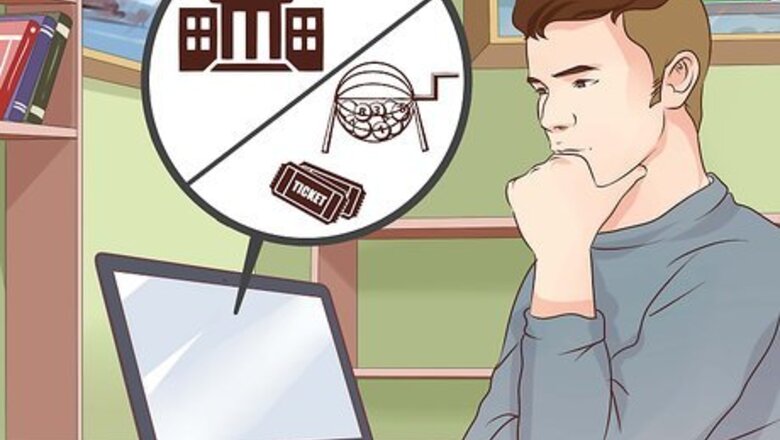
views
Preparing for the Raffle
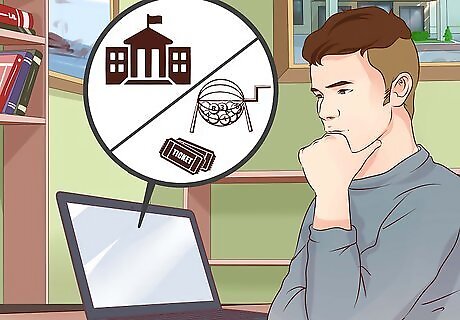
Check the local government regulatory agencies to make sure your organization can legally hold a raffle. Your state may prohibit raffles. Other states place regulations on how many raffles non-profit organizations can conduct per year and the types of prizes that are allowed. Consult your state's laws about raffles or, better yet, talk to an attorney. Avoid prizes that could cause legal problems. Prizes over $600 might draw the attention of the IRS. Also, avoid prizes that are tightly regulated, such as alcohol, tobacco, and firearms.
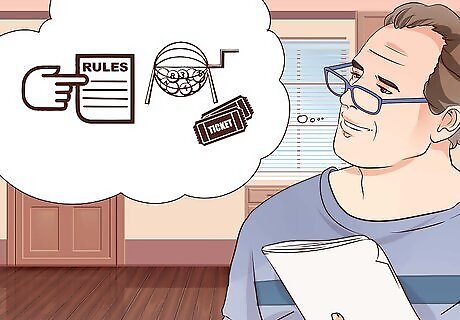
Define rules for your raffle. You might get into legal trouble if a disgruntled loser decides to challenge the contest. If the rules are spelled out clearly, you can mitigate some of that liability. Be sure to cite the appropriate provision of your state law in your raffle rules. For example: "This raffle is conducted according to the rules of the state of [your state here] in accordance with [cite the reference to the law here]." Spell out the rules in plain English. For example: "Entrants purchase a ticket which is placed into a box and blindly drawn at random." Use common sense for your raffle rules. Make it clear that your organization has some discretion in handing out prizes. For example, if a ticket is drawn and nobody claims the prize, another ticket can be drawn. State in the rules whether entrants are required to be there in person when the drawing occurs.

Decide on a prize. All raffles promise at least one lucky winner a prize at the end of the drawing. There may be more than one raffle contest prize, or even prize levels (first, second, third, etc.) based on order of the draw. You can get local businesses to donate prizes as a tax write-off. That will save your organization some money. It's a great idea to go to your local shopping mall and talk to managers in each store at the mall to solicit prizes. Gift certificates at popular stores make great prizes. That way, you're giving out a prize but in reality the winner is picking out his or her own prize at the store.
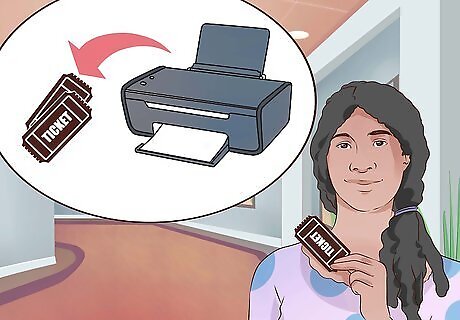
Print tickets. Raffle tickets need certain information on them, regardless of your event or organization: You can use your favorite word processor to print the raffle tickets. On one side of the ticket (the stub side), list the following organization/event information: organization name, address and phone number; list of prizes; event name; drawing date and website. On the opposite side of the ticket, provide spaces for participants to fill in their information: participant name, address, phone number, and email address. Tickets may or may not have numbers on them. Some state regulations require numbers, so look into the rules for your particular state before having tickets printed.
Conducting the Raffle

Sell tickets. Have each purchaser fill in his or her contact information, then tear the ticket in half, keeping the half with the contact information and giving the participant the stub with the raffle drawing information on it. There are many avenues through which you may choose to issue your raffle contest tickets: Door to door. Organization members and their children may choose to knock on doors and invite people to participate. Online. Promoting the raffle online is a good way to reach a broad audience that doesn't require a lot of footwork, but you need to check state regulations to make sure Internet raffle contest marketing fits inside governing policy. Storefronts. Local shops and boutiques, especially those donating prizes, may be willing to let you post flyers in their windows or on their doors. Print ads. Inexpensive ads in local newspapers and lifestyle magazines are an effective way to get the community involved. Booths. Booths outside of local stores, or at art shows, carnivals and festivals are a good way to draw raffle participants. Fundraising event. Sell tickets for the raffle contest at the actual event where the raffle drawing is to occur.

Hold a raffle drawing. This is usually done toward the end of the advertised fundraising event, after you have sold as many raffle tickets as possible. Simply have a designated person draw from the pool of tickets without looking, then announce either the winner's name or the winning number. Keep the box with the tickets in it at a secure location to avoid cheating. Believe it or not, sometimes people try to "game the system" at nonprofit raffles. Mix the tickets up so that the drawing isn't biased in favor of tickets that were placed in the box earlier or later.

Contact any winners who were not there to claim their raffle contest prizes. You'll need to make sure that you deliver the prizes to your lucky winners. Fortunately, you have their contact information that they filled out on the raffle ticket. Check local and state/province laws for information on how to contact winners and how much time you should give them to claim their prize. Typically, you'll need to exercise due diligence by contacting the winner by phone and certified letter, and let them know in your communications how long they have to claim the prize. The exact amount of time you give winners to claim their prize may vary. For example, you may assign a 1-week time limit for winners of a $50 grand prize, or a 1-month time limit for winners of a $1000 prize. Regardless of what you decide, you must make this time limit clear when you contact the winner. In some cases, winners might be required to be there in person. If that's the case, make sure it's spelled out in the rules.













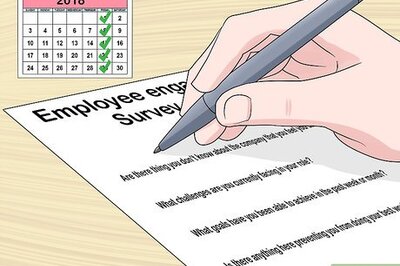




Comments
0 comment